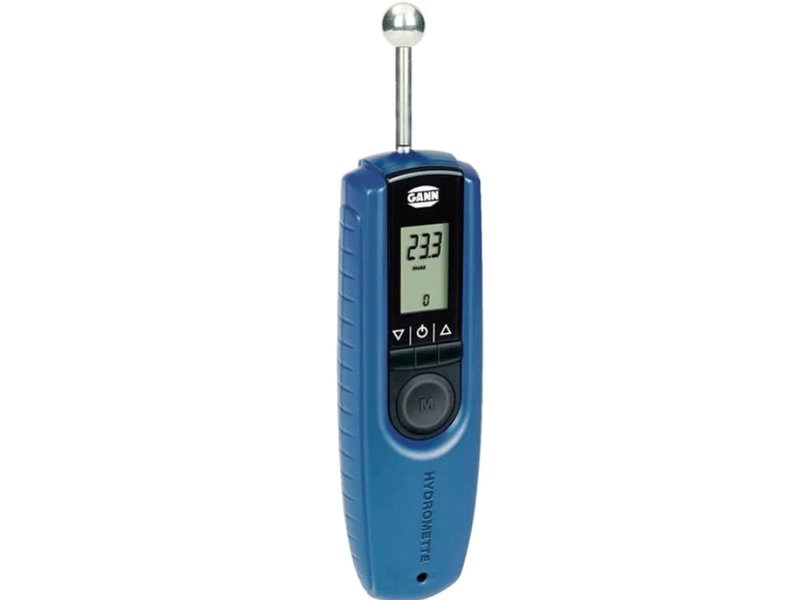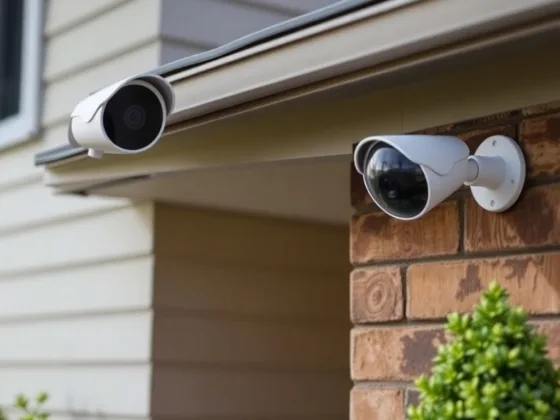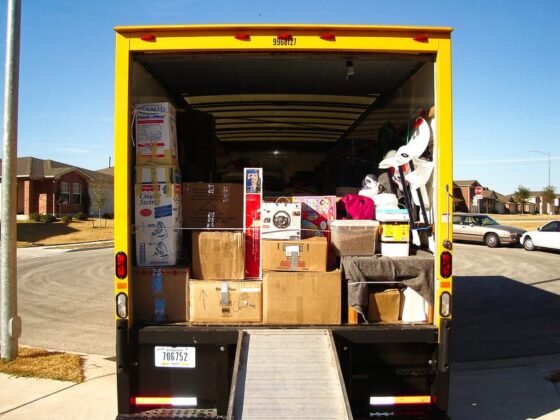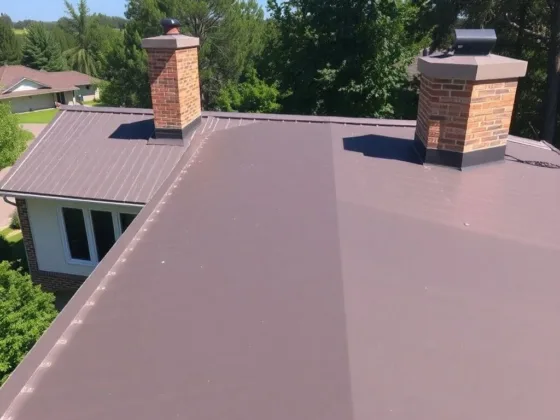Table of Contents Show
A home inspection is certainly a job that demands the use of specialized tech tools if it must be carried out properly.
Whether you’re hiring a professional or hoping to inspect your new home by yourself, it’s essential that you possess a considerable number of tools which readily make the inspection an achievable task.

Best High Tech Inspection Tools Every Homeowner Should Have
Briefly, this article is intended to familiarize you with some of these high-tech tools.
Read Also:
Moisture Meter
Moisture is important in certain respects but again, it’s necessary to keep the moisture content of several home corners moderate. With the aid of a moisture meter, you can determine the amount of moisture that the walls, fixtures, and fittings in your home have accumulated.
Test Light
Frankly enough, this tool helps you ascertain the presence of electric current in each of your home’s power outlets. It’s in the form of a small pen-shaped lamp and it will rightly serve its purpose of testing for power.
On more serious grounds, you may need an electrical tester – a tool for measuring electrical ground connection and polarity. If you’re equipping your home with a complex wiring system, you might need a high-tech tool, such as an electrical tester, for appliance testing.
Measuring Tape
This is evidently a useful inspection tool for figuring out the dimensions of various home sections and corners. Perhaps, you may have to measure the dimensions of specific corners (meant for the installation of home appliances), the length of a specific wall or the width of your wardrobe.
Using a measuring tape in this regard can tell whether your home builder/developer based his work on your specifications or not.
Thermal Imaging Camera
The thermal imaging camera was originally developed for military use but these days it has many commercial and household uses. If you have a quality thermal imaging camera, you can use it for detecting water leaks, HVAC leaks, and missing insulation.
It is also used to detect temperature behind the walls; checking breaker boxes ensuring circuits are not overloaded.
Compass
Needless to say, a compass could be the best device you need in determining your home’s orientation as regards sections pointing towards the north and other directions. Essentially, this can help you decide whether each room has been located in the appropriate place depending on the purpose of the room.
For instance, you might not want to situate your bedroom in a particular section of your home simply to avoid harmful exposure to sun rays.
Binoculars
In situations where you aren’t climbing a ladder in order to spot high-situated defects, it may be necessary that you utilize binoculars. Frankly, binoculars are great for visual inspection as they enable you to view distant objects, making them seem larger than they appear.
With the aid of binoculars, you can spot the leaky roof of your home even without having to climb any ladder.
Flashlight
You might not hold the opinion that a flashlight is a high-tech inspection tool but of course, you’ll agree that it is very useful for spotting things in dark conditions. Aside from its use for illuminating dark places, a flashlight will likely enable you to see through household conduits, chimneys, tiny openings in fitments and recesses in walls.
Ladder
Obviously, having a ladder for home inspection enables you to spot high-situated defects. Climbing a ladder could be the easiest way to spot recesses or other defects situated in the attic of your home. Importantly, the ladder you’re choosing for the home inspection should not only be foldable and easy to use but also long enough to make you spot high-situated regions clearly.









